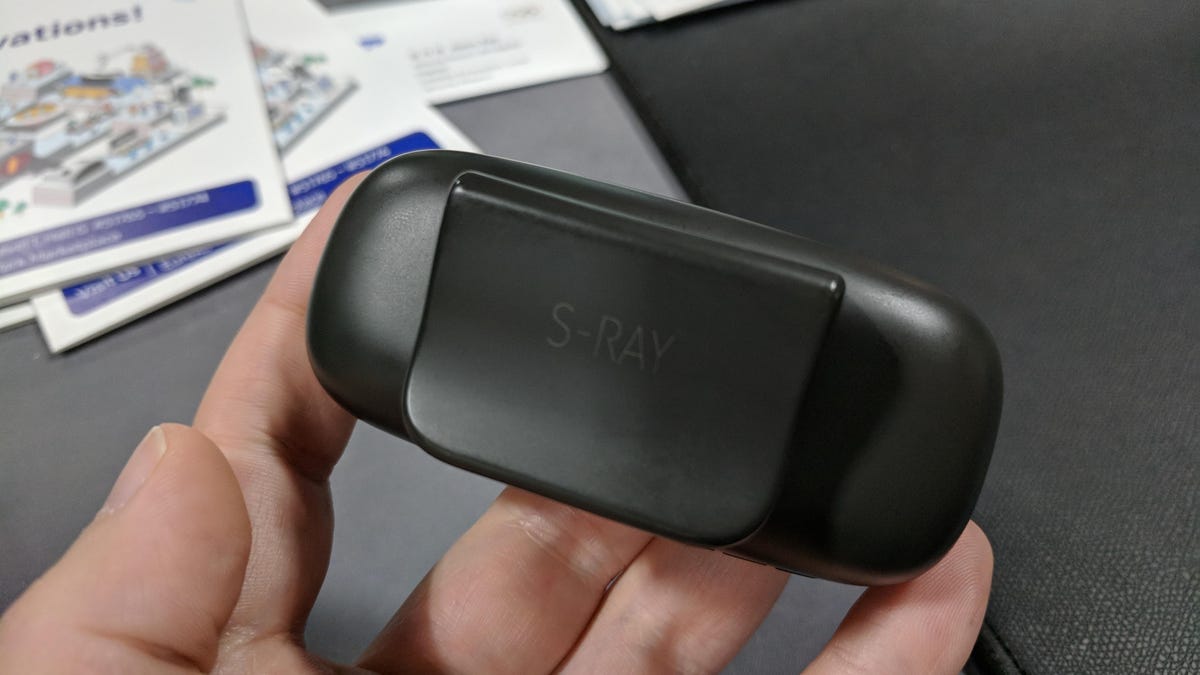Samsung S-Ray speaker is like a death ray for your ears, without the dying part
Samsung has announced a new technology called S-Ray that beams sound into a user's ears from devices such as neck bands and phone cases.

A new Samsung C-Lab project called S-Ray lets you to listen to your devices without disturbing others by beaming sound straight into your ears.
The company says the technology could be used with a number of different devices including a Bluetooth speaker , a phone cover and a personal neckband. It's a bit like the Bose SoundWear, except other people can hear the SoundWear while you're listening to it.
We got to try out an S-Ray equipped Bluetooth speaker here at CES 2018 in Las Vegas, and the tech packs a punch for its size:
S-Ray. Beam sound directly to your ears. Tech like this could replace your headphones someday. #CES2018 pic.twitter.com/RxXBvfLJY9
— Sean @ #CES2018 (@StarFire2258) January 12, 2018
While the audio quality from this prototype left something to be desired, it was quite something to be able to hear any music at all, without headphones, over the tremendous cacophony of noise in the tightly packed lower level of the Sands Expo convention center.
The system's chief designer tells CNET that S-Ray uses ultrasonic modulation, meaning the core technology isn't exactly new -- it's been around for quite a while in various products, though it's never really taken off commercially. It's not clear whether Samsung's experiment is any better than previous attempts, though it does seem to be more portable.
The S-Ray speaker at CES 2018.
Since it's a Samsung C-Lab project, there's no guarantee it'll ever be commercialized either. Samsung allows successful C-Lab project leaders to start independent companies with Samsung's support and investment. But if it doesn't get that push, it'll be written off as an experiment.
It's not just down to Samsung to make that decision. The four-person team behind S-Ray will need to decide whether they want to leave their current jobs as engineers, programmers and designers for Samsung's TV and mobile phone divisions.
First published Jan. 3, 2017, 11 a.m. PT.
Update Jan. 12 at 7:02 p.m.: Adds further information.
What to expect from the smart home at CES 2018: We take a look at the smart home and appliance trends we expect to see this year.
CES 2018: CNET's complete coverage of tech's biggest show.



